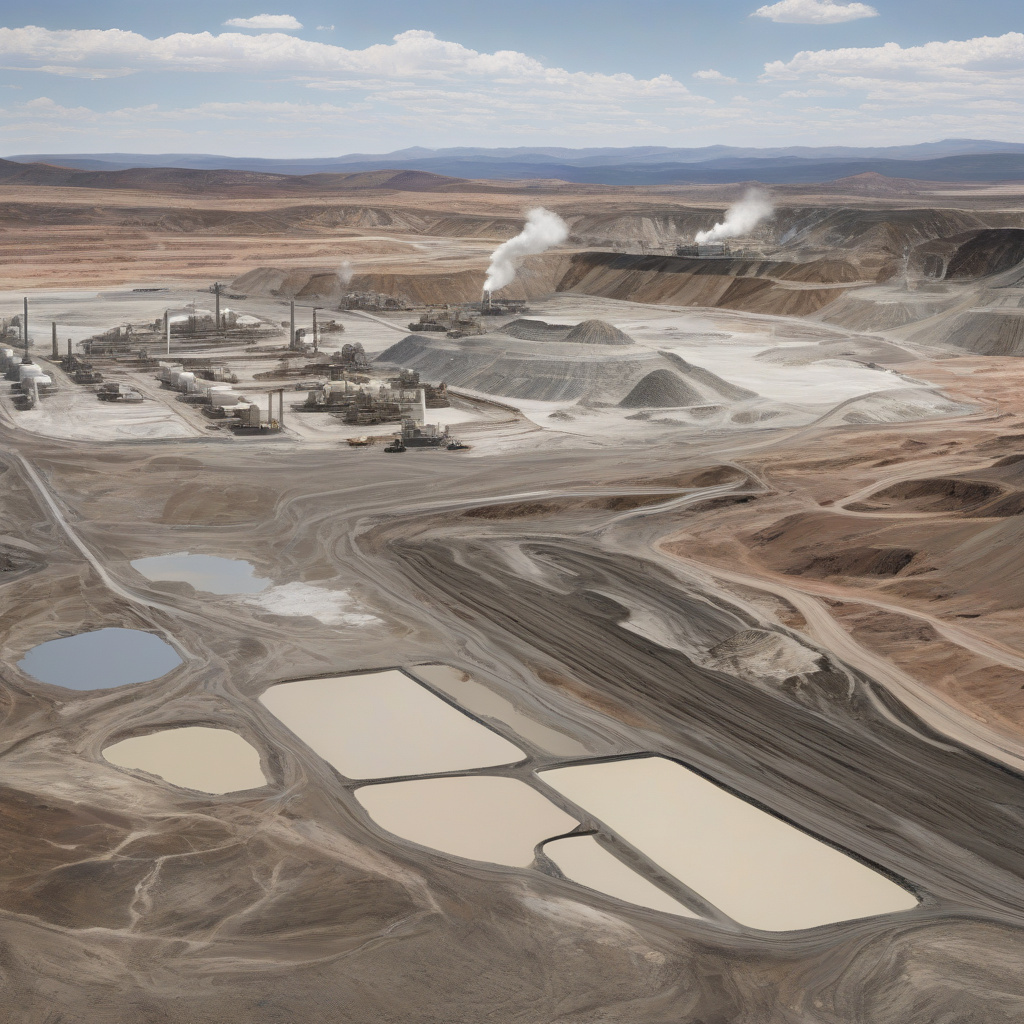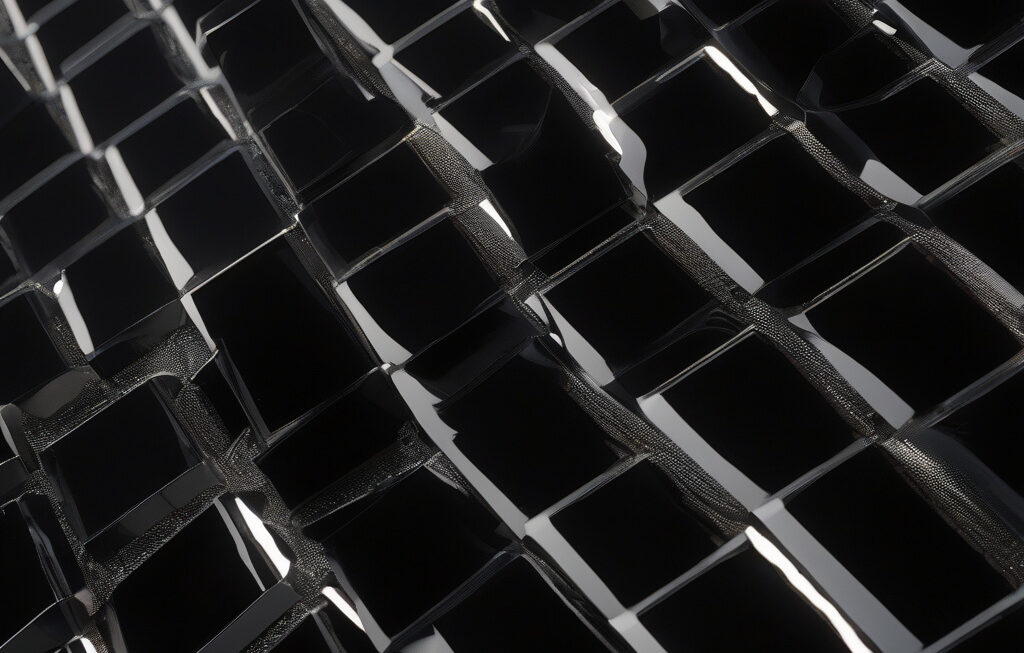10 Million EVs Could Be Powered by Lithium Hidden in One Year of US Mine Waste
A new study argues that the United States could dramatically increase supplies of critical minerals by tapping into an unexpected source: mine waste. According to the study, conducted by researchers at the Critical Materials Institute, a Department of Energy research facility, the lithium contained in one year’s worth of U.S. mine waste could potentially power 10 million electric vehicles.
The idea of extracting lithium from mine waste is a groundbreaking concept that could revolutionize the electric vehicle (EV) industry. As the demand for EVs continues to rise, so does the need for lithium, a key component in the batteries that power these vehicles. Currently, the majority of the world’s lithium supply comes from countries like Australia, Chile, and Argentina. However, by harnessing the lithium found in mine waste within the U.S., the nation could reduce its dependence on foreign sources and strengthen its position in the global EV market.
But how exactly would this process work? Traditional mining operations generate massive amounts of waste, known as tailings, which often contain trace amounts of valuable minerals like lithium. By implementing new extraction technologies, such as advanced sorting and leaching techniques, these minerals could be recovered from the waste and repurposed for use in EV batteries.
Not only would this approach help meet the growing demand for lithium, but it would also address environmental concerns associated with mine waste. By recycling these materials, the mining industry could minimize its impact on the environment and move towards a more sustainable and circular economy.
The potential benefits of extracting lithium from mine waste extend beyond the EV industry. Lithium is also a critical component in renewable energy storage systems, such as those used in solar and wind power generation. By increasing domestic lithium production, the U.S. could bolster its clean energy infrastructure and reduce its reliance on fossil fuels.
Furthermore, this innovative approach could create new economic opportunities for mining companies and technology firms. Developing efficient methods for extracting lithium from mine waste would require investment in research and development, as well as collaboration between industry, government, and academic partners. This collaboration could lead to the emergence of new technologies and processes that not only benefit the mining sector but also have broader applications in the clean energy industry.
In conclusion, the idea of powering 10 million EVs with lithium extracted from one year of U.S. mine waste is a compelling vision for a more sustainable and self-reliant future. By leveraging the resources already available within our borders, we can reduce our dependence on foreign minerals, minimize environmental impact, and accelerate the transition to a cleaner energy economy. As the demand for EVs and renewable energy continues to grow, innovative solutions like this will be crucial in shaping a more prosperous and sustainable world.
electric vehicles, lithium extraction, mine waste, sustainable energy, renewable resources












